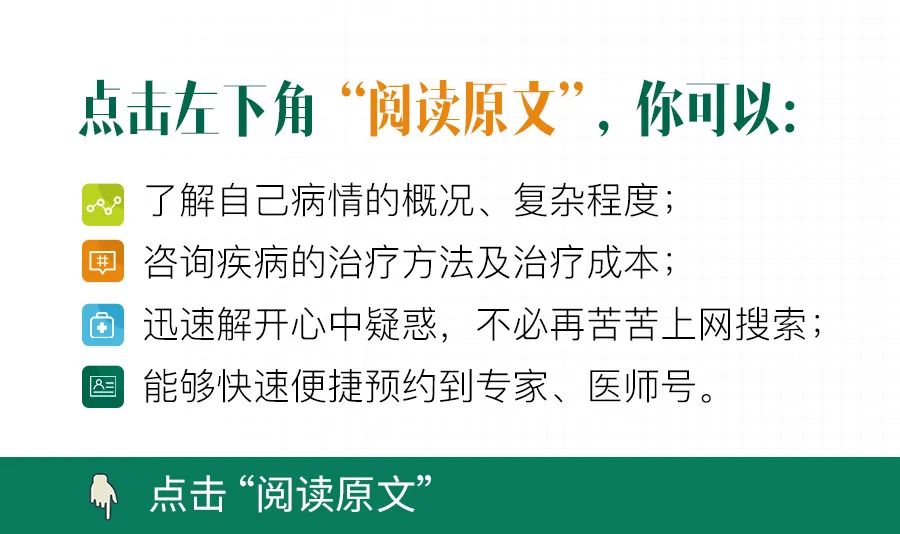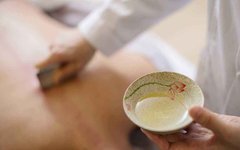“Gua Sha” refers to the condition known as “Sha Syndrome.” This therapy originated in the Paleolithic era, where people instinctively rubbed or struck certain areas of their bodies with their hands or stones when ill, sometimes alleviating their ailments. Through long-term practice and accumulation, the method of using Bian stone for healing gradually formed, which is the prototype of the Gua Sha therapy.
Gua Sha is one of the traditional natural therapies in China, based on the TCM theory of the skin, using tools (such as buffalo horn, jade, or cupping) dipped in Gua Sha oil to repeatedly scrape the skin in relevant areas, aiming to unblock meridians and invigorate blood circulation.
In the Ming Dynasty, Guo Zhisui authored “Shazhang Yuheng”, which comprehensively recorded over a hundred types of Sha syndromes.
The modern famous TCM external treatment expert Wu Shangxian fully affirmed Gua Sha, stating that “For Yang Sha abdominal pain, nothing is better than using a porcelain spoon dipped in sesame oil to scrape the back, as the five organs are connected to the back; scraping will expel evil qi, and the illness will naturally resolve.”
This also fully demonstrates the significant historical position of TCM Gua Sha.
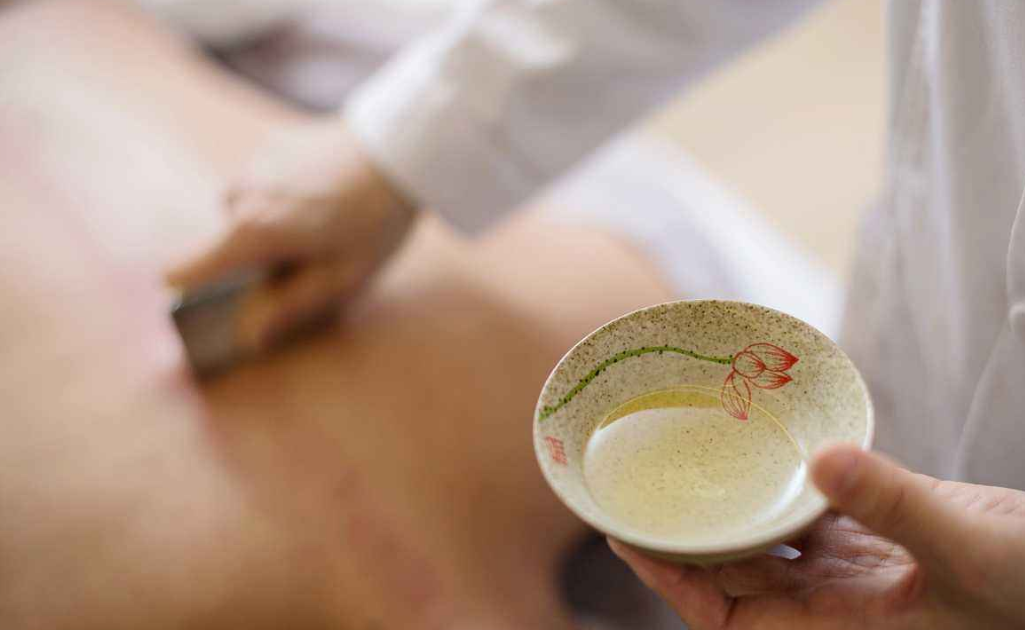
Scrape to Treat Hundreds of Illnesses
Gua Sha is based on the twelve meridians and eight extraordinary meridians of TCM, following the principle of “treating the symptoms urgently,” using strong manual stimulation of the meridians to cause local skin redness and congestion, thereby achieving the goal of curing diseases.
Headache
Headaches are common ailments that occur in various acute and chronic diseases, such as hypertension, cervical spondylosis, colds, and intracranial hypertension, often caused by wind evil invading the meridians, liver yang rising, qi and blood deficiency, and blood stasis obstructing the meridians.
Scraping can be performed from the top of the head towards the front, to the back hairline (Bladder Meridian: Tianzhu point), left, and right (to the temples), effectively alleviating headache symptoms.
High Fever
High fever can be caused by various factors, generally around 38 degrees Celsius, presenting with cough, high temperature, chills, and flushed face. Scraping can be performed on both sides of the spine on the back (Governing Vessel: Huatuojiaji points), two fingerbreadths beside the second thoracic vertebra (Bladder Meridian: Fengmen point), to relieve symptoms of the disease.
Shoulder Periarthritis
Shoulder periarthritis, also known as frozen shoulder or fifty shoulder, primarily manifests as pain—initially paroxysmal pain that can be triggered by weather changes or excessive fatigue. The main scraping areas for treating shoulder periarthritis include the neck, shoulder, and chest.
Fatigue Syndrome
Symptoms of physical and mental fatigue caused by poor diet, insufficient sleep, excessive physical exertion, long-term fatigue, irritability, depression, and excessive psychological stress belong to a sub-health state without organic lesions. Scraping can be performed on the head, centered on the Baihui point, scraping forward (to the forehead), backward (to the Tianzhu point), left, and right (to the temples and Fengchi points), and also on both sides of the shoulder (from top to bottom to the Jianjing point) to effectively alleviate symptoms of shoulder periarthritis.
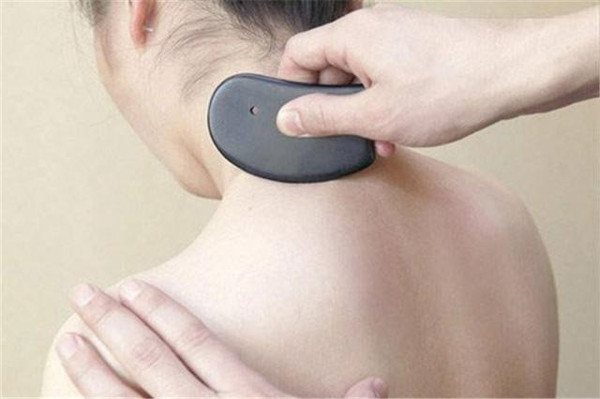
Prevent Minor Issues, Maintain Health
Gua Sha utilizes scraping tools to scrape meridian acupoints, through beneficial stimulation, fully exerting the role of defensive qi, causing congestion at the acupoints, improving local microcirculation, expelling evil qi, unblocking meridians, dispelling wind and cold, clearing heat and dampness, and invigorating blood circulation, thereby enhancing the body’s inherent disease resistance and immune function, achieving the effect of supporting the righteous and expelling the evil, preventing and treating diseases.
The effects of Gua Sha on the skin can be broadly divided into two categories: preventive health care and therapeutic effects.
1. Preventive Health Care Effects
The preventive health care effects of Gua Sha include health maintenance and disease prevention. The areas affected by Gua Sha are the skin, which is the most superficial part of the body exposed to the outside, directly interacting with the external environment and adapting to and defending against changes in climate. The skin’s ability to perform these functions relies mainly on the body’s defensive qi.
Healthy individuals who regularly undergo Gua Sha (such as scraping the back Shu points, Zusanli point, etc.) can enhance their defensive qi; a strong defensive qi means a strong ability to protect the surface, making it difficult for external evils to invade, thus maintaining health. If external evils invade and symptoms such as chills, fever, nasal congestion, and runny nose appear, timely Gua Sha (such as scraping the Feishu and Zhongfu points) can promptly expel the surface evil, preventing it from spreading into the five internal organs and causing serious illness.
2. Therapeutic Effects
1. Invigorating Blood and Dispelling Stasis
Gua Sha can regulate muscle contraction and relaxation, adjusting interstitial pressure to promote blood circulation around the scraped tissues. This increases tissue flow, thus achieving the effects of “invigorating blood and dispelling stasis” and “removing stasis to generate new blood.”
2. Promoting Qi and Invigorating Blood
The transmission of qi and blood (through the meridian system) plays a nourishing and warming role in the body. Gua Sha acts on the muscle surface, unblocking the meridians, allowing qi and blood to flow freely, thus dispersing stasis and resolving blockages, leading to unobstructed qi and blood throughout the body, alleviating or eliminating local pain.
3. Balancing Yin and Yang
Gua Sha has a significant effect on adjusting the balance of yin and yang in organ functions. For instance, in cases of hyperactive intestinal peristalsis, using Gua Sha techniques on the abdomen and back can suppress the hyperactivity and restore normal function. Conversely, for reduced intestinal peristalsis, it can promote the restoration of normal function. This indicates that Gua Sha can improve and adjust organ functions, achieving a balance of yin and yang.
4. Detoxification
The Gua Sha process can cause local tissues to become highly congested, stimulating and dilating blood vessels and nerves, accelerating blood and lymph flow, enhancing phagocytosis and transport, thus expediting the elimination of waste and toxins from the body, nourishing tissue cells, purifying the blood, and increasing overall resistance, thereby alleviating illness and promoting recovery.
5. Relaxing Muscles and Unblocking Meridians
Soft tissues such as muscle attachment points, fascia, ligaments, and joint capsules can send pain signals through reflex actions of the nerves, putting related tissues in a state of alert. Muscle contraction, tension, and even spasms reflect this alert state. Gua Sha can relax local muscles, reduce muscle contraction tension, promote metabolism, and alleviate pathological changes of “no flow means pain.”
Gua Sha is an effective method for eliminating pain and muscle tension and spasms, with the main mechanisms being:
(1) Enhancing local circulation, raising local tissue temperature
(2) Under the direct stimulation of various techniques using the Gua Sha tool, increasing the pain threshold of local tissues
Wherever there is pain, there must be muscle tension; wherever there is muscle tension, there must be pain. They often have a causal relationship. In Gua Sha treatment, we observe that eliminating the pain source also alleviates muscle tension; if tense muscles can be relaxed, pain and pressure symptoms can significantly reduce or disappear, facilitating the repair of the pain source.
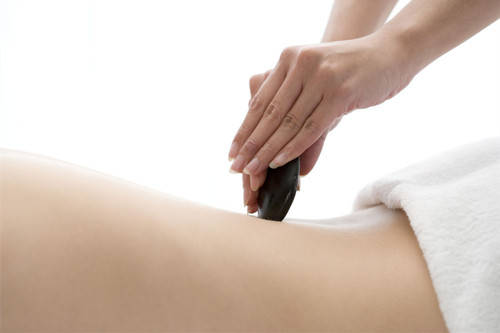
What are the contraindications for Gua Sha?
1. Leukemia, caution with low platelet count.
2. Avoid scraping the abdomen and lower back of pregnant women, and the nipples of women.
3. For varicose veins in the lower limbs, scraping should be done from bottom to top, with gentle techniques.
4. Patients with heart disease experiencing heart failure, renal failure, liver cirrhosis with ascites, or severe systemic edema should avoid Gua Sha.
5. Any skin lesions, damage, or inflammation at the scraping site are not suitable for Gua Sha. It is also not advisable to perform Gua Sha during the early recovery from severe illness, in cases of qi deficiency and blood loss, or immediately after eating or when hungry.
What should be noted during and after Gua Sha?
1) Avoid taking a cold shower within 30 minutes after Gua Sha.
2) It is best to drink a cup of warm water (preferably lightly salted sugar water) and rest for 15-20 minutes after Gua Sha.
3) During Gua Sha treatment, ensure the indoor environment is warm, especially avoiding cold drafts in winter. In summer, avoid direct airflow from fans on the scraped areas.
4) Do not perform Gua Sha on the same area until the previous marks have faded. The interval for repeated Gua Sha should be 3-6 days, based on the fading of the marks on the skin.
TCM Gua Sha therapy has developed into a natural therapy suitable for a wide range of diseases. The techniques combine massage, acupressure, and needle-like methods, making Gua Sha a non-invasive form of massage and acupressure therapy, without the need for needles or cupping devices. It not only dilates capillaries and promotes blood circulation but also has immediate effects on conditions caused by wind-cold obstruction, such as hypertension and muscle soreness.
Gua Sha therapy, after a long historical development, has become a green ecological natural therapy that can both maintain health and treat diseases. TCM Gua Sha is widely loved by modern health-conscious individuals due to its ease of learning, simplicity, and significant efficacy.
